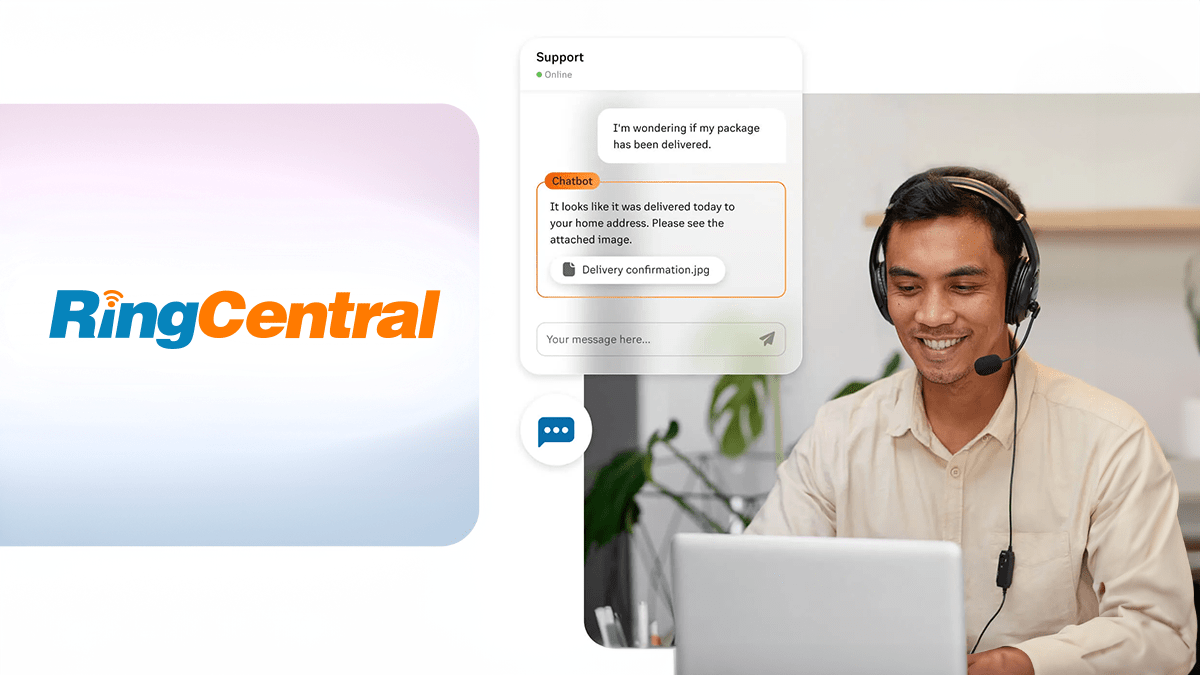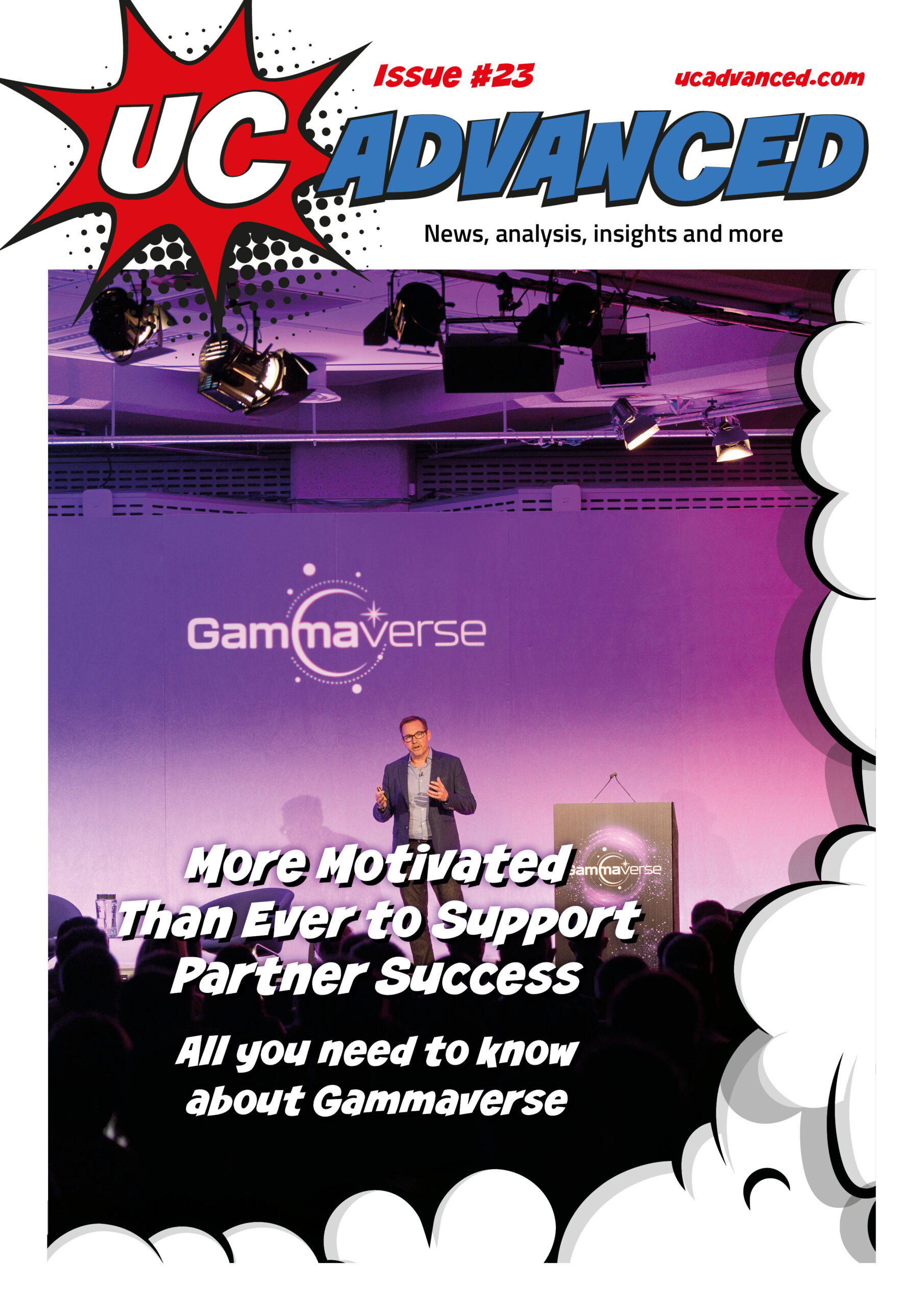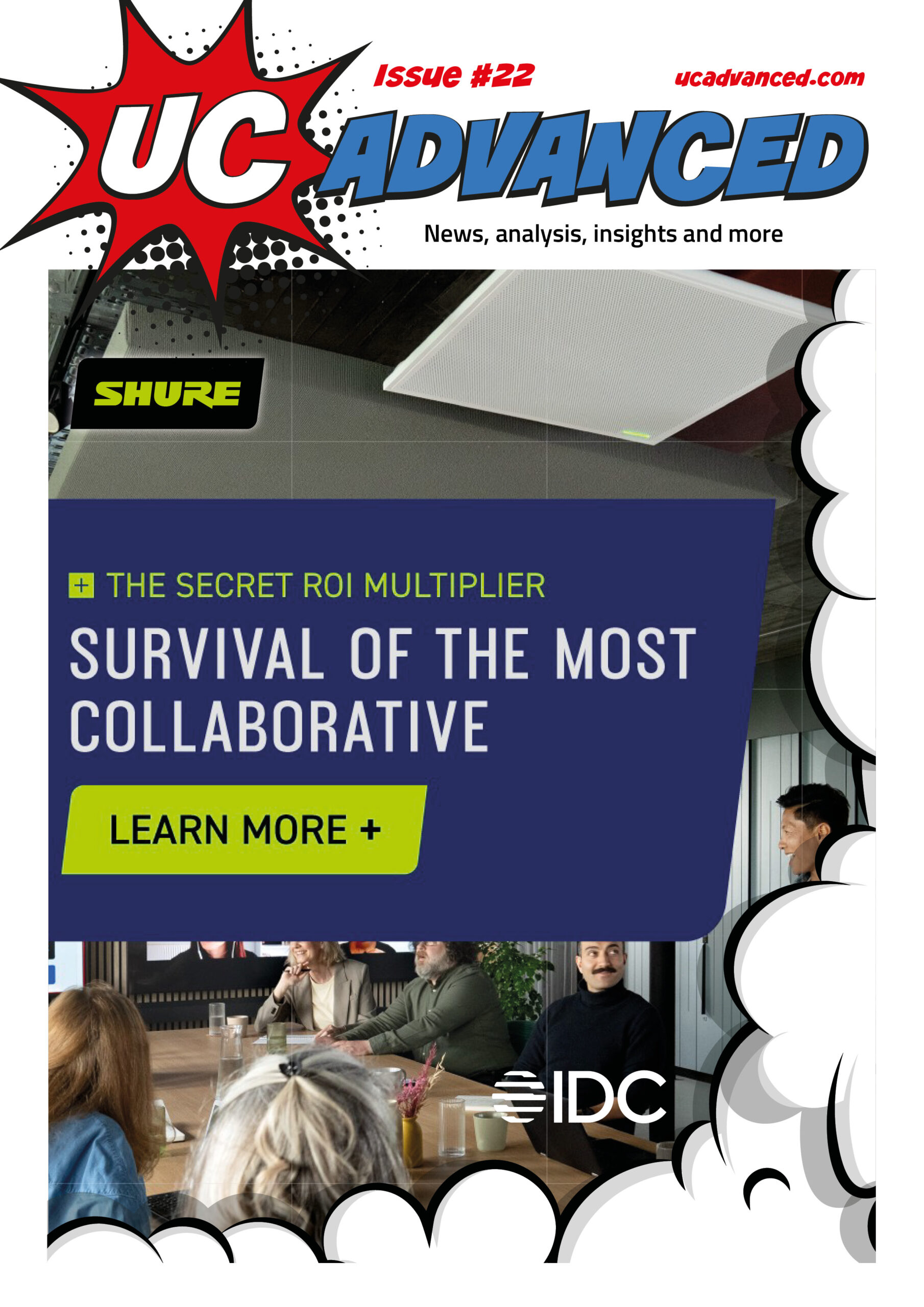RingCentral hit the headlines recently with the expansion of the RingCX platform and the launch of the RingEX solution. John Finch, Vice President of Product Marketing, at RingCentral, sat down with UC Advanced.
The need to interact with customers is one of a few things that link all businesses together.
That may sound like pointing out the obvious but a lot of the time anecdotes about a customer complaint, a particularly complicated order, or an interesting character can often break the ice at networking events.
But while customer interaction may be something that binds businesses, it may soon be a shared experience for employees too no matter the department that they work in.
After a turbulent time recently, all departments of the enterprise are aligning with one another on a single platform, opening up the opportunity to be more productive and bring departments closer together.
In comes RingCX and RingEX, two AI-enabled platforms from one of the key players in the contact centre sector. RingCX, a “truly Omni-channel contact centre” has been expanded from its North American launch towards the end of last year and will now be served up in the UK, France, Germany and Australia. RingEX, unveiled at Enterprise Connect, on the other hand, is an internal communications platform intended to use AI to improve productivity and communication throughout the business.
Sitting down with UC Advanced, John Finch, Vice President of Product Marketing at RingCentral said that being an established member of the Contact Centre community
for 15 years has led to the launch of the two new solutions.
“We’re close enough to the industry to compete with our own product offering, rather than one of an OEM or partnership, and make a significant impact in the marketplace,” said Finch.
“With these products, agents, supervisors, and even business users inside the organisation can all take advantage of the solutions’ capabilities. They can all see the benefit of the AI inside the solution which helps them understand customer satisfaction and make necessary improvements.
“What’s key is the fact it is easy to deploy. This solution is not just about turning customer support on in days, although businesses can do that, the solution is really about supplying the tools to use the solution.
“We have pre-built integrations and templates for businesses, it’s easy to set up a call routing, and it’s easy to administer. A supervisor or business leader can set it up and manage it which are the core things that we understand. We’re taking the complexity out of what people once thought was a necessary or a necessary evil in the contact centre.”
Minimal Effort
This easy-to-use solution with a pre-installed package is a by-product of the artificial intelligence that has been baked into solutions for decades now.
Finch said that one of the USPs of the new solutions is that businesses can take advantage of the communication analytics from every department. Each interaction is recorded, transcribed, summarised and then added to the solution where C-Level employees can see where improvements can be made.
At its heart, RingCentral is aiming to use AI to provide insights to businesses so they can take action and automate the labour-intensive parts of the contact centre, like analysing transcripts or answering mundane questions, for businesses of all sizes.
“As we enter more into the workforce engagement management area, by allowing organisations to do things that were typically unattainable due to a cost kind of basis we’ve democratised these insights for any size business,” said Finch.
“Managers can now take and look at 100% of the calls that come through and make instantaneous changes based on an agent’s behaviour, the types of calls that are coming through, and even look at key trends and information that would otherwise be very difficult to do with a manual process.
“As a supervisor, I can look at my dashboard every hour and see the agents that have been helped, who are performing and the reason why. So an agent may get a couple of low CSAT scores but it may be that the customers were upset and they did all the right things.
“These are the kinds of things that we want to be able to do with AI. Help the business be able to provide the best customer service and understand what’s going on inside their organisation with the data that we surface with AI.”
Removing the Mundane
But where there is artificial intelligence there is concern about how much we trust it and which jobs we get it to carry out.
While the rest of the enterprise world will be getting carried away with the GenAI revolution, Finch warned against jumping into a fully automated solution as it may be a repeat of recent history.
“This has been a conundrum for a while,” said Finch. “There is a little bit of a fear factor as we hear from individual employees at certain technology companies who say that AI can start doing some coding, for example.
“I think it depends on the organisation. I don’t think there’s going to be a great replacement, but the days of staffing large buildings with thousands of employees answering interactions may change.
“I said it may change purposefully because we can’t get rid of the human side, but do we need as many as we have now? It depends on the organisation, the type of business they’re in, and the level of service being offered.
“We’ve seen a lot of companies go digital-only, we’ve seen a lot of startups only provide customer service digitally. I’m not saying that’s the best way to go but we’ve already seen some of that trend occur in AI.
“I think as we get further along, we will see AI interactions at the self-service level become better and change our way of thinking of the old IVRs where you’re pressing zero to get to an agent.”
It Means No Worries
While evoking painful memories of long phone calls repeating the same phrase for 15 minutes, Finch added that the way AI will be used will split between SMBs and larger enterprises.
“Smaller businesses aren’t going to be afraid of what a contact centre means because they can afford it and it’s not complex.
“Larger organisations are going to look to streamline costs and ROI by offloading those mundane things and maybe they won’t have to hire as many agents and the agents that do get hired would be for higher level customer engagement to fortify relationships.”












